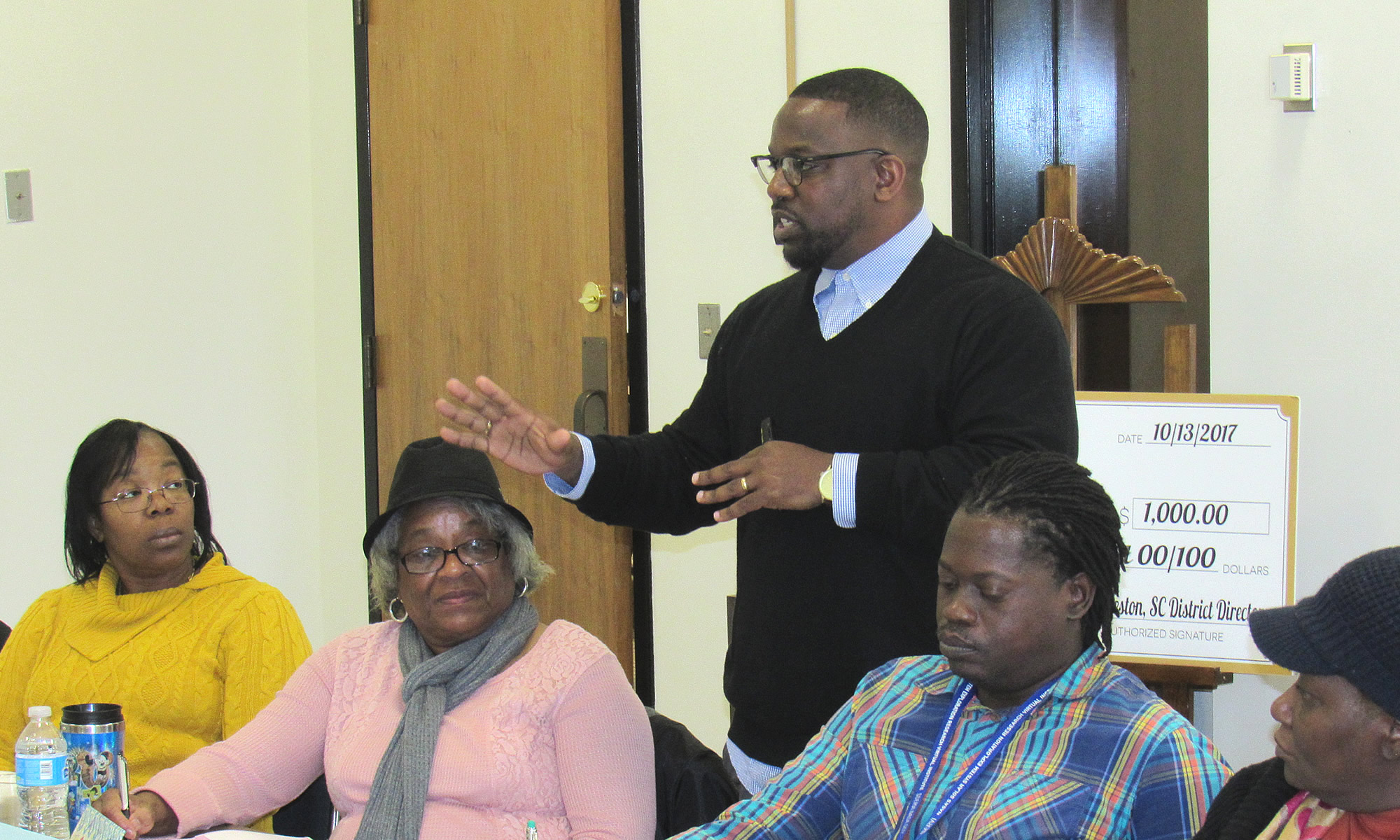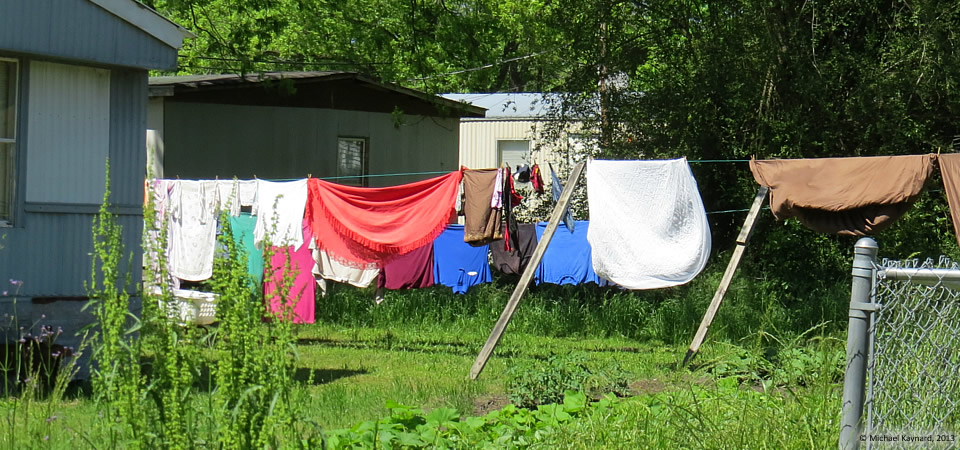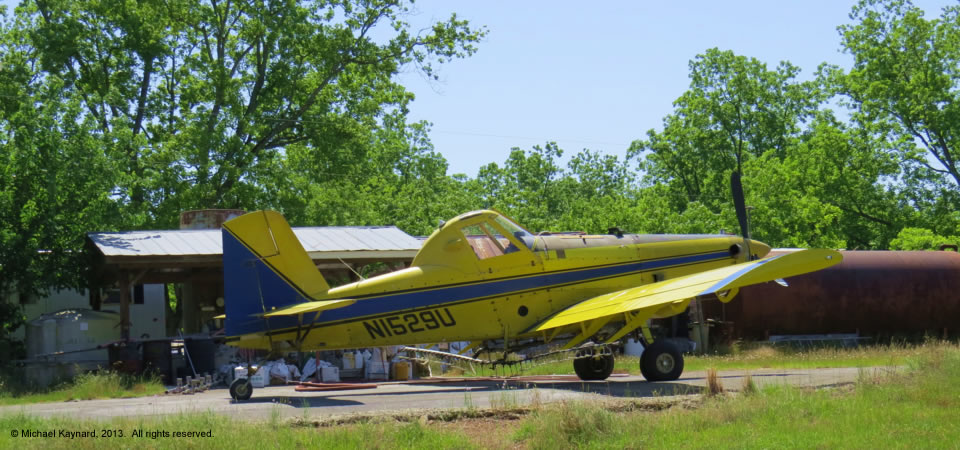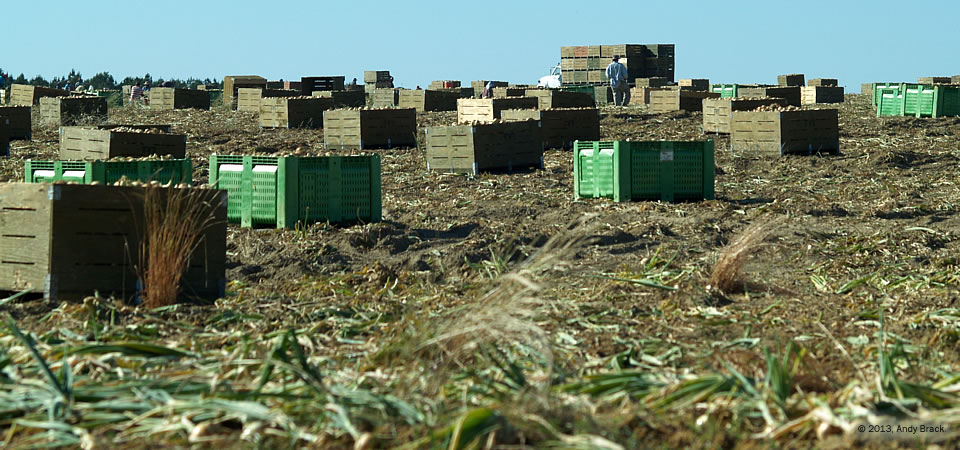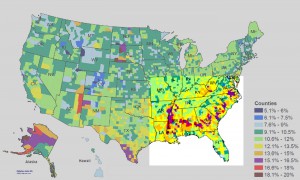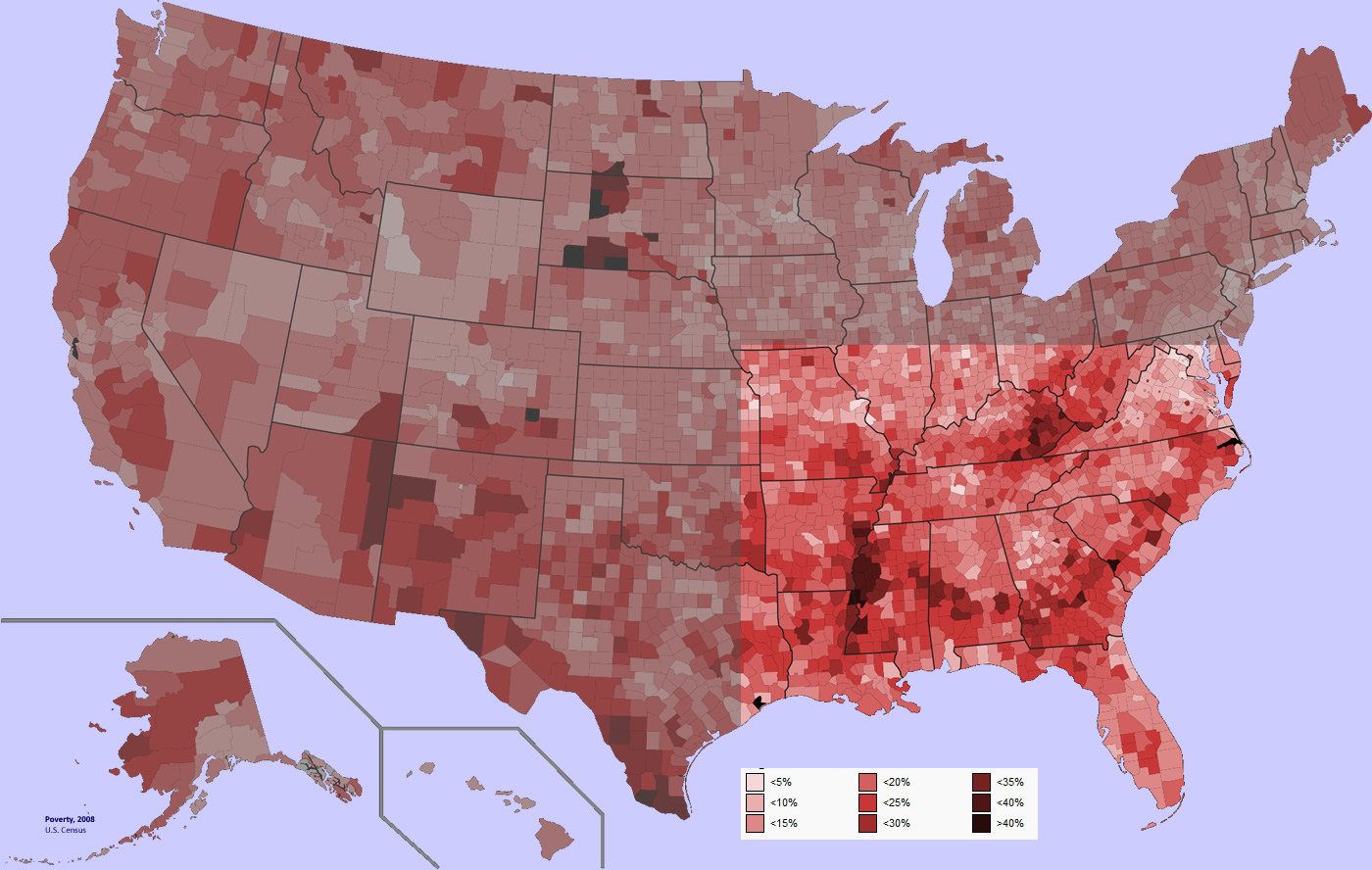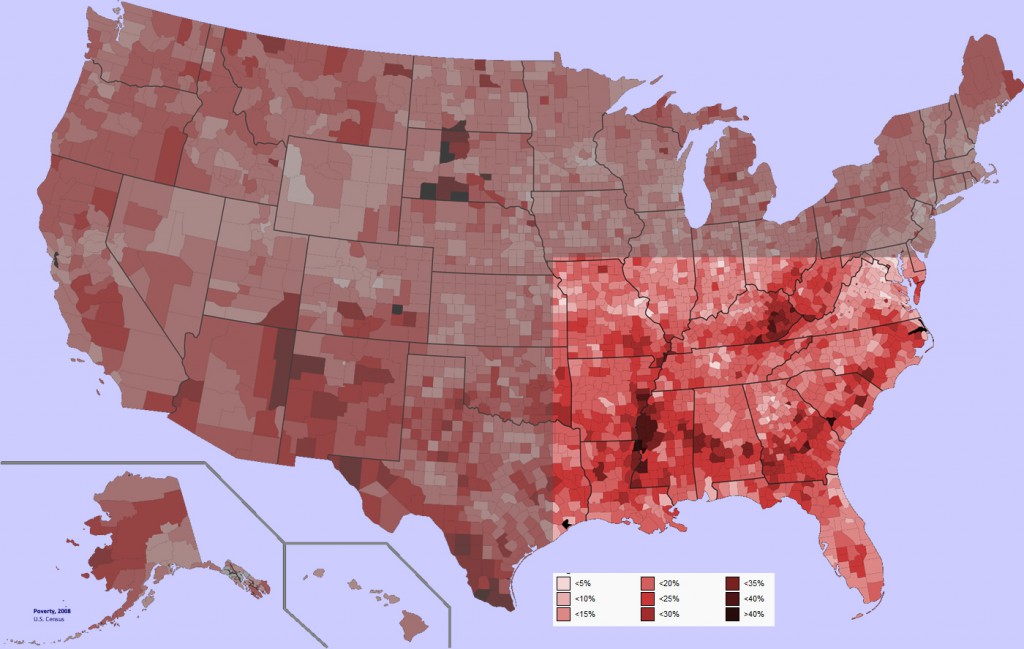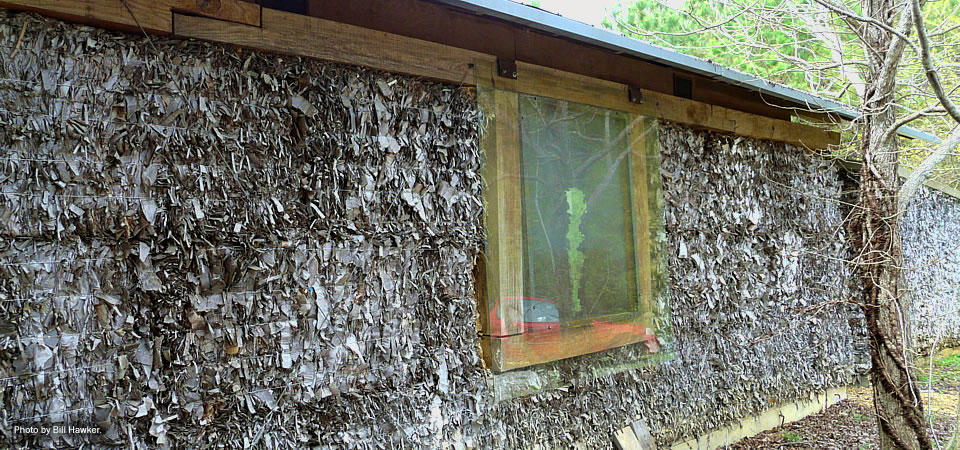
Hale County, Ala., the locale for the 1941 book “Let Us Now Praise Famous Men” by James Agee with photographs by Walker Evans, remains poor today. Some 26 percent of people in Hale County live in poverty, according to the U.S. Census.
But also today, Hale County has Auburn University’s Rural Studio, an undergraduate architecture program that has been designing creative houses and public structures throughout the county since 1993. Above is the outside wall of a corrugated card building built in 2001 on the Rural Studio campus in Newbern. Click here for more.
In 2013, students worked on four structures, including a solar greenhouse and converted an old bank building into a community library in Newbern. More.
- Learn more about Hale County today from Rural Studio.
- Census QuickFacts about Hale County.
Photo taken in Marcy 2009 by Bill Hawker, Sydney Australia, for the Center for a Better South. All rights reserved.
